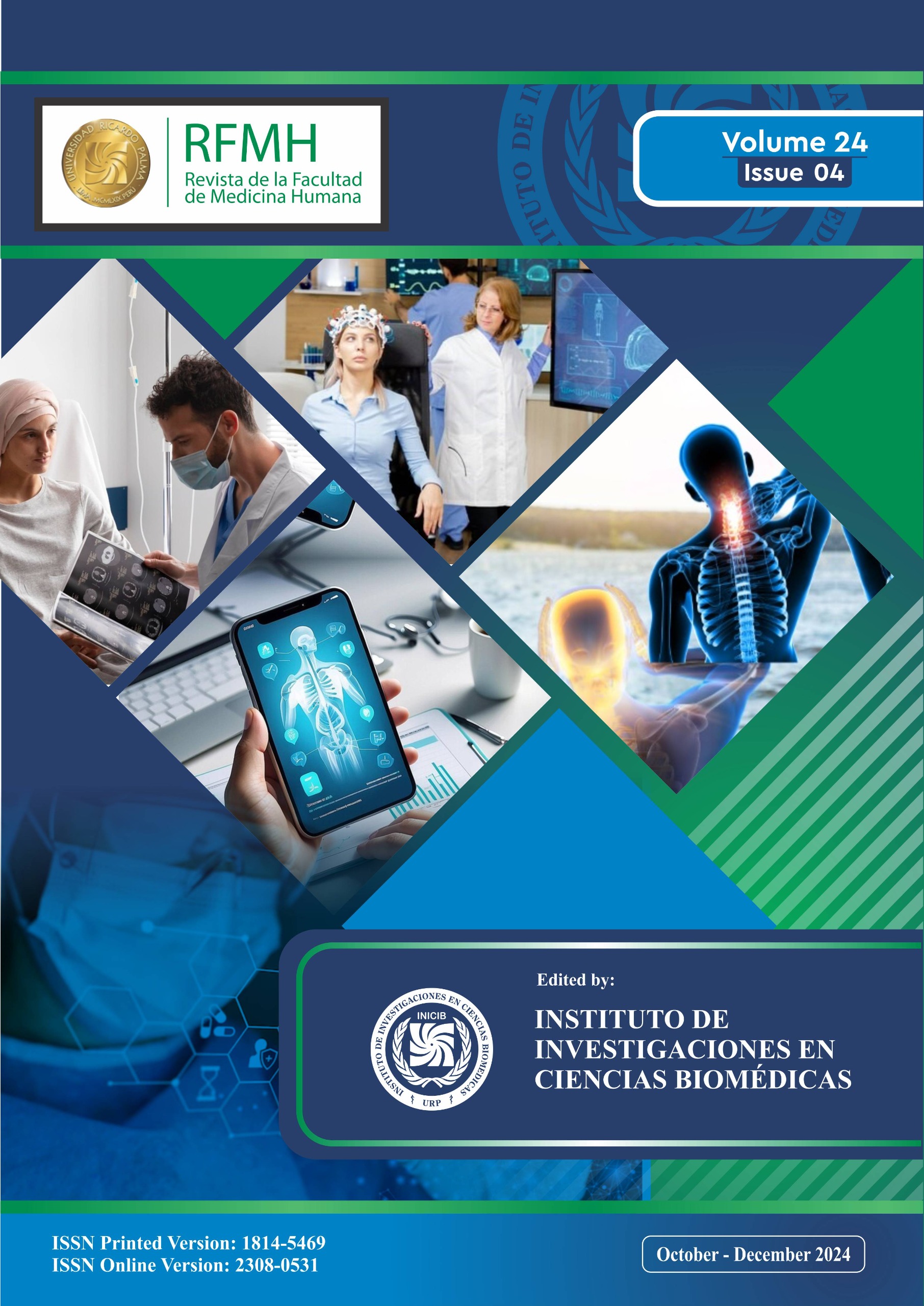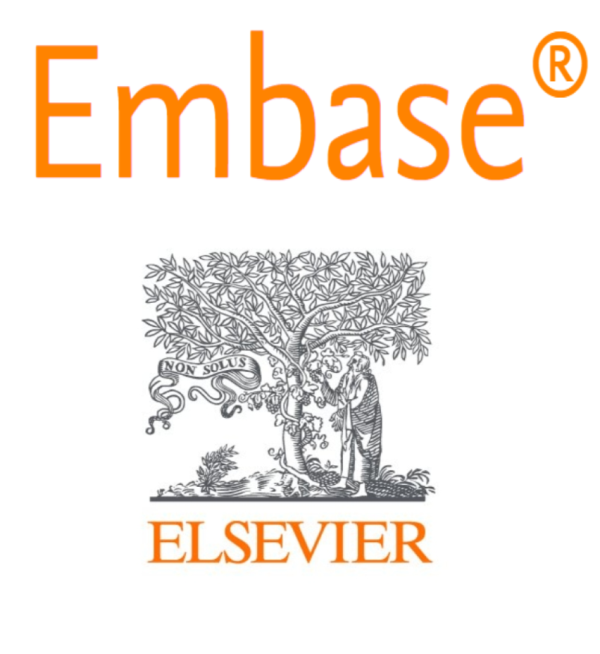Socioeconomic characteristics and costs of rare and orphan diseases in Peru, 2019
Características socioeconómicas y costos de enfermedades raras y huérfanas en el Perú, 2019
Keywords:
Rare diseases, cost of illness, economics, health economics, PeruAbstract
Introduction: The rare and orphan diseases (ROD) constitute a current challenge due to the lack of investigation. Objective: Describe the socioeconomic characteristics of rare and orphan diseases (ROD) in Peru, 2019. Methods: Descriptive observational design. The information was obtained from FISSAL administrative records, and an intentional sample of 20 patients was taken to carry out the questionnaire on ROD. For the economic records, a review of the public budget of the MEF was made. The data analysis was descriptive and inferential. Results: There were 454 patients with a total of 49 ROD; of these, the most representative age groups were schoolchildren and young adults (18% each), and the most frequent diagnosis was Tetralogy of Fallot (22%). The questionnaire on ROD reports a median of 7 months in the delay of diagnosis and between 3 and 5 doctors were visited. Likewise, 30% considered that it generated a high to very high expense. It was calculated that the ROD budget constitutes 2.25% of the total budget for high-cost diseases. Likewise, the ROD budget was different between 2014 and 2019. Conclusions: The population with ROD in Peru is not large; however, it requires greater attention to access to health services and a greater budget allocation.
Downloads

Downloads
Published
How to Cite
Issue
Section
License
Copyright (c) 2021 Revista de la Facultad de Medicina Humana

This work is licensed under a Creative Commons Attribution 4.0 International License.





























